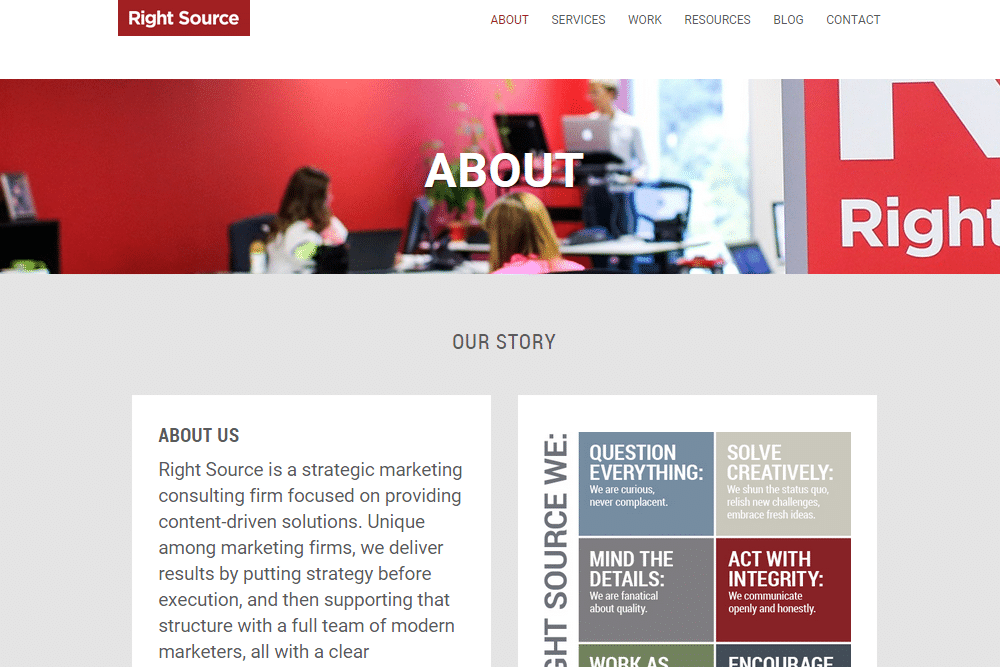
We hear this all too often from companies. They’ve engaged a web design/development firm to build a shiny new website, complete with all kinds of spectacular functionality, and yet the concept of search engine optimization (SEO) isn’t addressed until the site is in some type of beta phase, ready to launch.
While the recommendation is always to address SEO during the earliest stages of a website redesign project, the “I forgot about SEO” camp can relax a bit. Assuming the has been structured correctly from a design/coding standpoint, you will still be able to handle SEO appropriately prior to site launch and in a more comprehensive manner post-launch. So let’s discuss the simplest things you can do during these later stages…
While there are literally 30-35 factors involved in successful SEO, often times companies get caught up in the seemingly more complex SEO tactics instead of executing the basics first. If you haven’t addressed these basics, get started now before the site launches:
- Write a descriptive title tag for every single page of the site. It boggles my mind why people dismiss this, as it is still a critical factor (and easy to execute) for SEO success. Ideally you’re able to write individual title tags to match up with the content on individual pages, but even if you can’t get to that, at a bare minimum write the descriptive tag that you can install on every page of the site. [When I say descriptive, the title tag shouldn’t just tell the engine the name of your company, tell the engine what you do].
- Once you’re finished with that, make sure you write the keywords tag and description tag for the site. Again, in an ideal world you can write individual tags for individual pages, but if that’s not a possibility given the time crunch then go ahead and at least write your keyword/description tags for the entire site.
- When you launch the new site, you are bound to have new pages replacing old ones, and old URLs that won’t contain content anymore. Here’s the problem – some of those old URLs may be indexed by engines already, and therefore if you flat out ignore those pages then you’re missing out on potential site traffic. Not exactly the best SEO strategy, right? Whether you use redirects, placeholder pages or some other method, be sure to address this component before you launch the new site.
- Go out and start securing the “low hanging fruit” links. Partners, customers, employee web pages, blogs, LinkedIn profiles, etc. are all great candidates to link to your site without too much resistance. Just go out and get it done.


